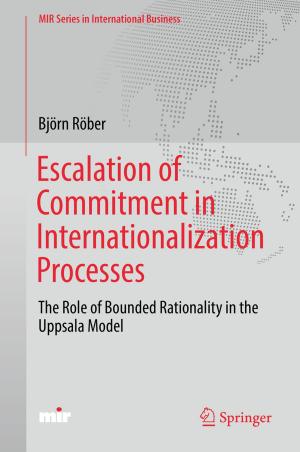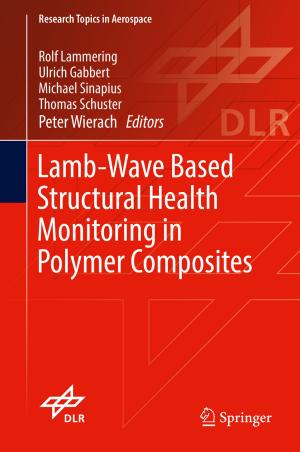Aggressive and Violent Peasant Elites in the Nordic Countries, C. 1500-1700
Nonfiction, Social & Cultural Studies, Social Science, Crimes & Criminals, Criminology, History, European General| Author: | ISBN: | 9783319406886 | |
| Publisher: | Springer International Publishing | Publication: | December 28, 2016 |
| Imprint: | Palgrave Macmillan | Language: | English |
| Author: | |
| ISBN: | 9783319406886 |
| Publisher: | Springer International Publishing |
| Publication: | December 28, 2016 |
| Imprint: | Palgrave Macmillan |
| Language: | English |
This book investigates the forms that the aggression and violence of peasant elites could take in early modern Fennoscandia, and their role within society. The contributors highlight the social stratification, inner divisions, contradictions and conflicts of the peasant communities, but also pay attention to the elite as leaders of resistance against the authorities. With the formation of more centralised states, the elites’ status and room for agency diminished, but regional and temporal variations were great in this relatively drawn-out process, and there still remained several favourable contexts for their agency. Even though the peasant elite was not a homogenous entity, the chapters in this collection present us one uniting feature – the peasant elites’ tendency to assert themselves with an active and aggressive agency, even if this led to very different outcomes.
This book investigates the forms that the aggression and violence of peasant elites could take in early modern Fennoscandia, and their role within society. The contributors highlight the social stratification, inner divisions, contradictions and conflicts of the peasant communities, but also pay attention to the elite as leaders of resistance against the authorities. With the formation of more centralised states, the elites’ status and room for agency diminished, but regional and temporal variations were great in this relatively drawn-out process, and there still remained several favourable contexts for their agency. Even though the peasant elite was not a homogenous entity, the chapters in this collection present us one uniting feature – the peasant elites’ tendency to assert themselves with an active and aggressive agency, even if this led to very different outcomes.















